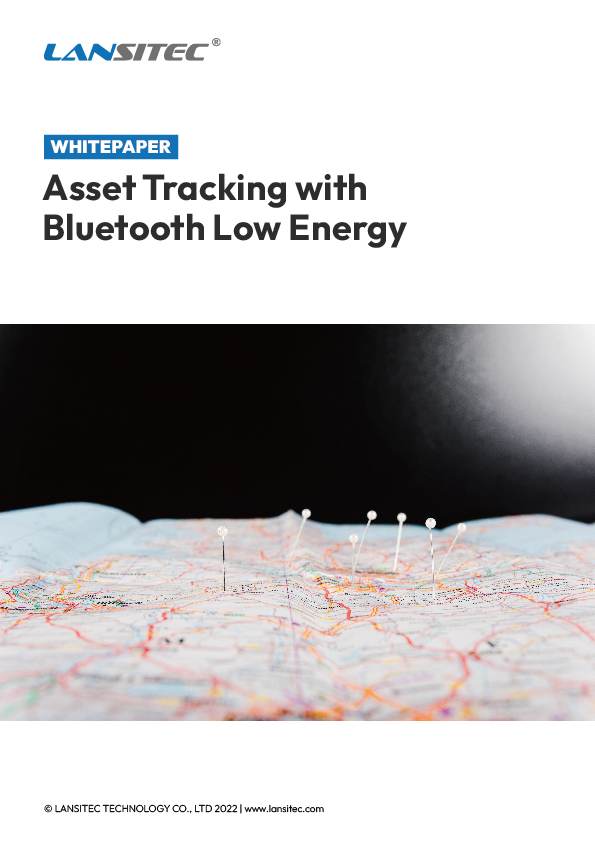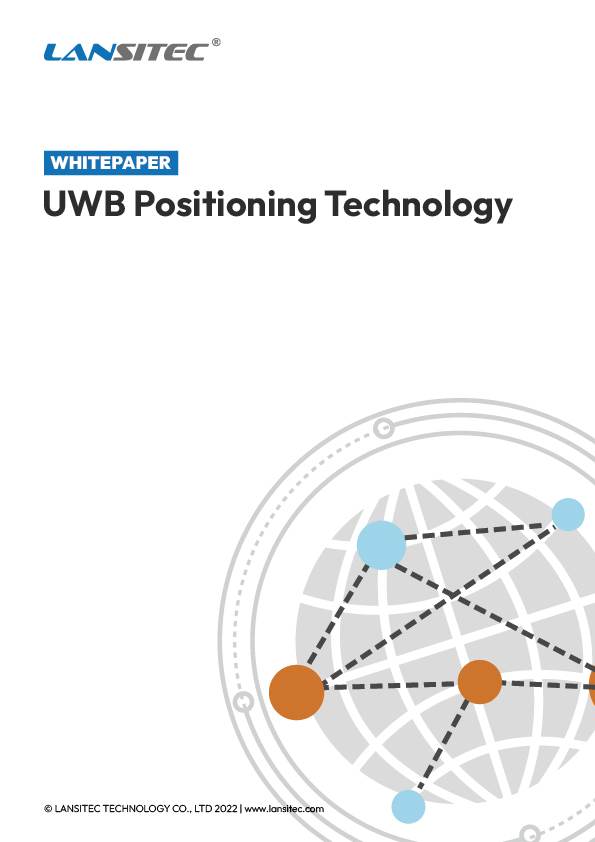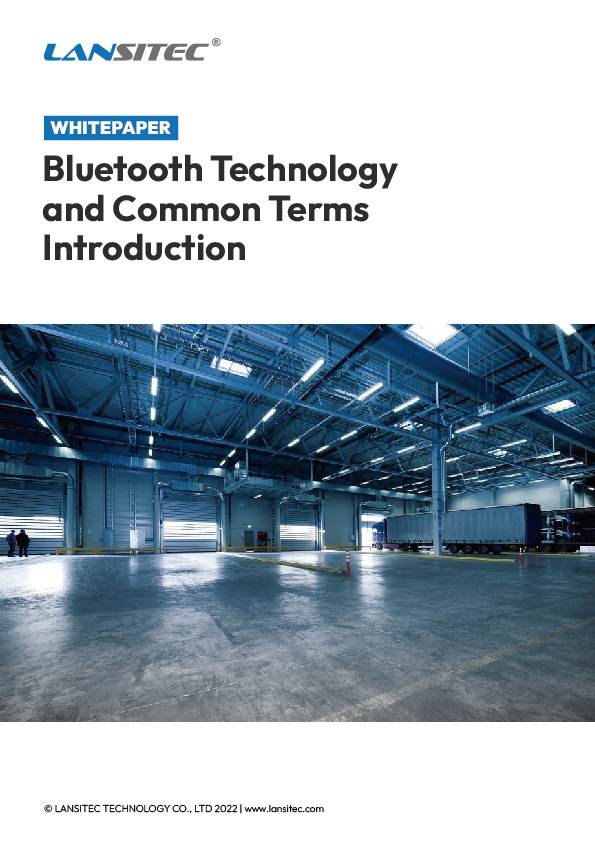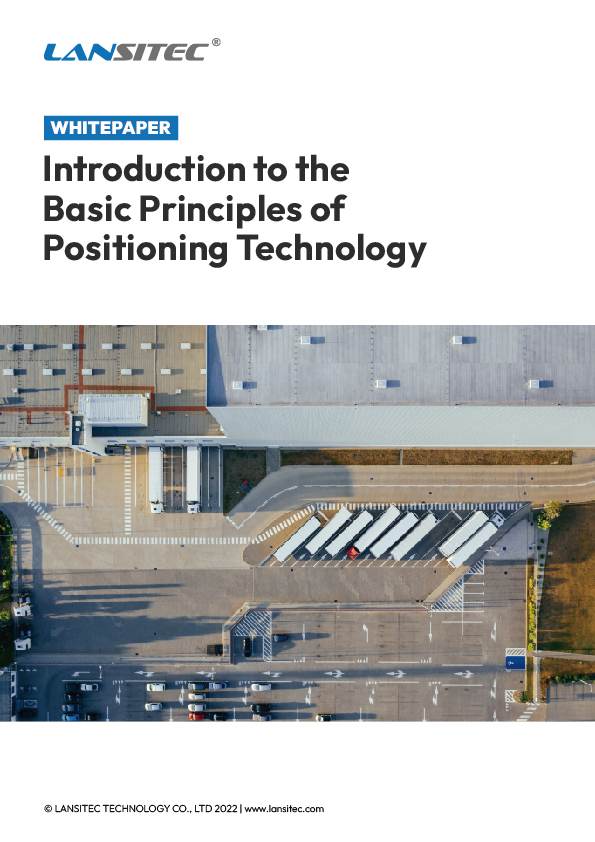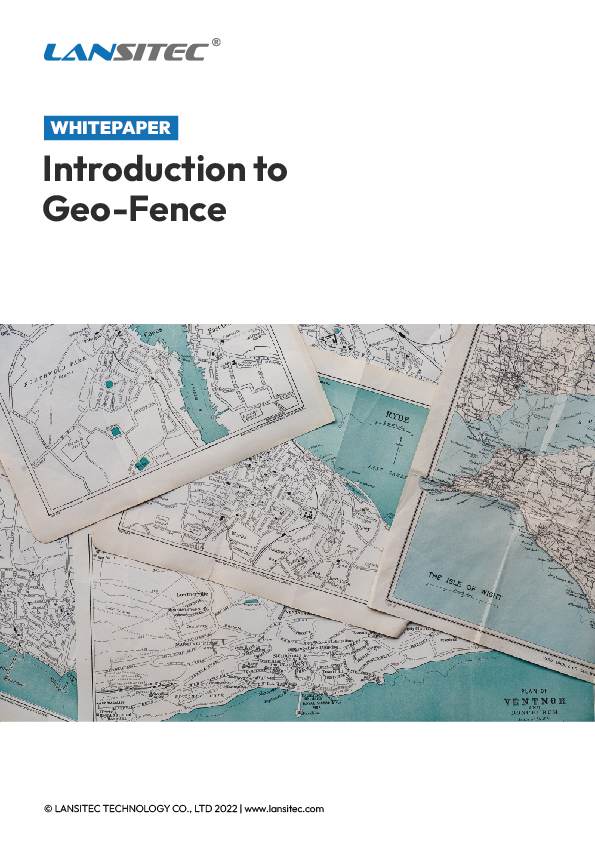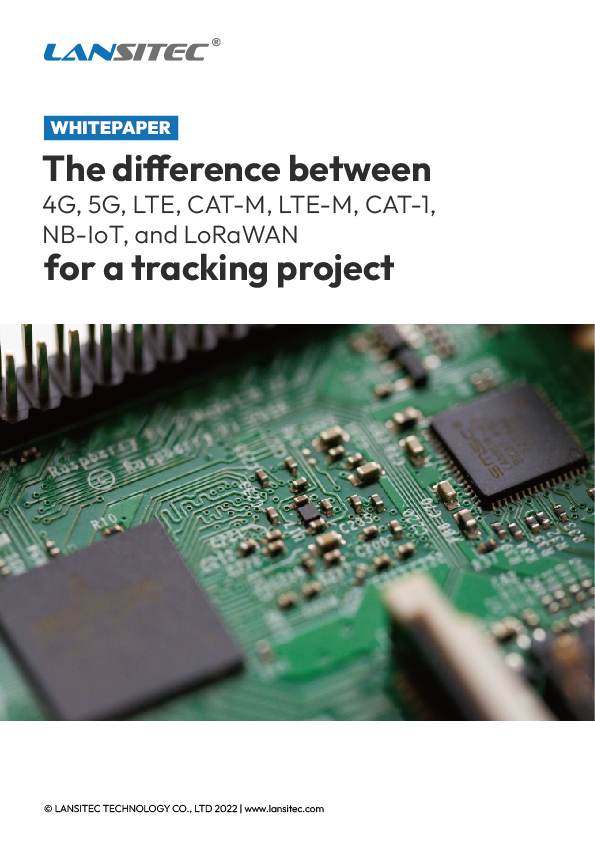When you work in asset tracking long enough, you start to recognize the difference between a device that survives in the field and one that thrives there. The Lansitec Solar Bluetooth Gateway is firmly in the latter camp.
It’s not one product, but a family — three siblings that share the same DNA but speak to the world in different languages: LoRaWAN, NB-IoT & LTE-M, and LTE Cat-1.
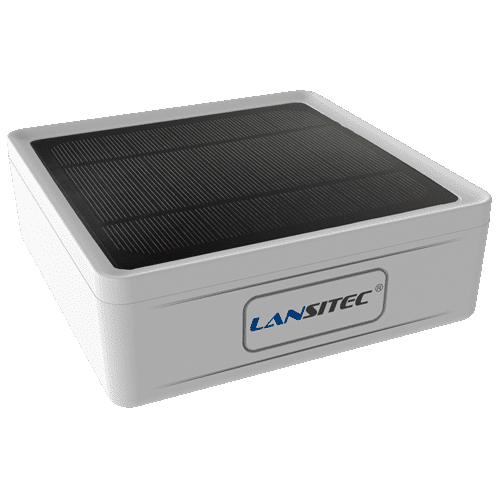


They all start with the same rugged heart:
A compact, IP66-rated enclosure sealed against dust storms, salt spray, and sideways rain. A 3-watt solar panel that doesn’t just trickle charge, but genuinely keeps the gateway alive for weeks in poor light. And a 5300 mAh Li-ion battery that bridges the sunless gaps. Inside, Bluetooth 5.0 listens constantly for beacons and sensors — whether they’re sending temperature, humidity, position, or more exotic payloads — and filters out the noise before relaying the essentials upstream.
But the real magic is in the choice of uplink. And that’s where the personalities diverge.
LoRaWAN Solar Bluetooth Gateway: Long-Range, Low-Cost Asset Tracking
The LoRaWAN model feels like the field scout of the trio. It roams far on very little, using sub-GHz channels to push data over kilometers without touching a cellular network. In a vineyard, it might sit between the vines and relay soil moisture from dozens of sensors to a central server without costing a cent in SIM fees. In an open-pit mine, it can sweep up helmet and vehicle beacons and pass the data to a private LoRaWAN base station sitting safely at the edge of the blast zone.
Its weakness? If you’re in a LoRa desert, you’ll either need to deploy your own network or choose one of its cellular siblings.
NB-IoT & LTE-M Gateways: Efficient Global Asset Tracking for Remote Sites
This one is the diplomat — fluent in the low-power, long-reach dialects of NB-IoT and LTE-M. It was made for places where LoRa can’t reach but the need for efficiency is still paramount: portable triage stations, temporary work sites, mobile fleets scattered across continents.
It’s not just about connectivity — the adjustable scan and reporting intervals are a quiet superpower. Want near-real-time updates from a moving vehicle? Crank it up. Need to preserve battery in a stationary weather station? Dial it down. The trade-off is that aggressive reporting will nibble at both battery life and data budgets, so it rewards thoughtful configuration.
LTE Cat-1 Bluetooth Gateway: High-Bandwidth Tracking for Dense and Dynamic Environments
The Cat-1 version is the big-pipe variant. It speaks over 4G networks with enough bandwidth to handle heavier payloads or more frequent transmissions without choking. If you’re running a dense beacon environment — think trade shows with hundreds of BLE tags in motion — Cat-1 will chew through the data with ease.
Of course, it’s happiest in areas with solid LTE coverage, and like any cellular device, it comes with the realities of SIM management. But in return, it offers a responsiveness that its more frugal siblings can’t quite match.
Core Features: Rugged Solar-Powered BLE Gateways Built for Industrial Asset Management
Regardless of the network they speak, all three share traits that make them field-ready rather than lab-perfect:
- No-nonsense solar autonomy — that 3W panel has been proven to keep them alive through long winters and cloudy monsoons alike.
- Configurable BLE filtering — so you only send what matters, cutting noise, bandwidth, and cost.
- FOTA over Bluetooth — firmware updates without a single ladder climb or field recall.
- Wide operating range — from -40°C mornings in the Gobi to +70°C afternoons on a tarmac in Lagos.
How to Select the Best Lansitec Solar Bluetooth Gateway for Your Commercial Asset Tracking Needs
| Aspect | LoRaWAN | NB-IoT & LTE-M | Cat-1 LTE |
|---|---|---|---|
| Primary Network | LoRaWAN 1.0.2B (multi-regional bands) | NB-IoT & LTE-M (global bands) | LTE Cat-1 (global bands) |
| Coverage Scope | Regional / Private LoRaWAN networks | Global (carrier dependent) | Global (carrier dependent) |
| Data Costs | No SIM/data fees | SIM/data plan required | SIM/data plan required |
| Bandwidth / Responsiveness | Low bandwidth; long range, low power | Moderate bandwidth; optimized for low power & wide reach | Higher bandwidth; ideal for frequent, heavier payloads |
| Battery & Solar | 5300 mAh Li-ion + 3 W solar | 5300 mAh Li-ion + 3 W solar | 5300 mAh Li-ion + 3 W solar |
| Ingress Protection | IP66 | IP66 | IP66 |
| Operating Temperature | -40°C to +70°C | -40°C to +70°C | -40°C to +70°C |
| Positioning Precision | 3 m | 3 m | 3 m |
| Best For | Sites with existing or deployable LoRa infrastructure | Remote areas without LoRa but with cellular coverage | Dense beacon environments or high-frequency updates |
| Example Deployment | Vineyard soil moisture monitoring over private LoRaWAN | Portable triage station asset tracking with global SIM | Trade show BLE mesh tracking with real-time analytics |
In the end, the Lansitec Solar Bluetooth Gateway isn’t about picking “the best” — it’s about picking the right messenger for your data.
LoRaWAN for the long-haul and low-cost. NB-IoT/LTE-M for the middle ground of global reach and thrift. Cat-1 for those who need speed and capacity.
Each one is built to endure the same unforgiving sun, wind, and rain — and keep speaking long after lesser gear has gone silent.

